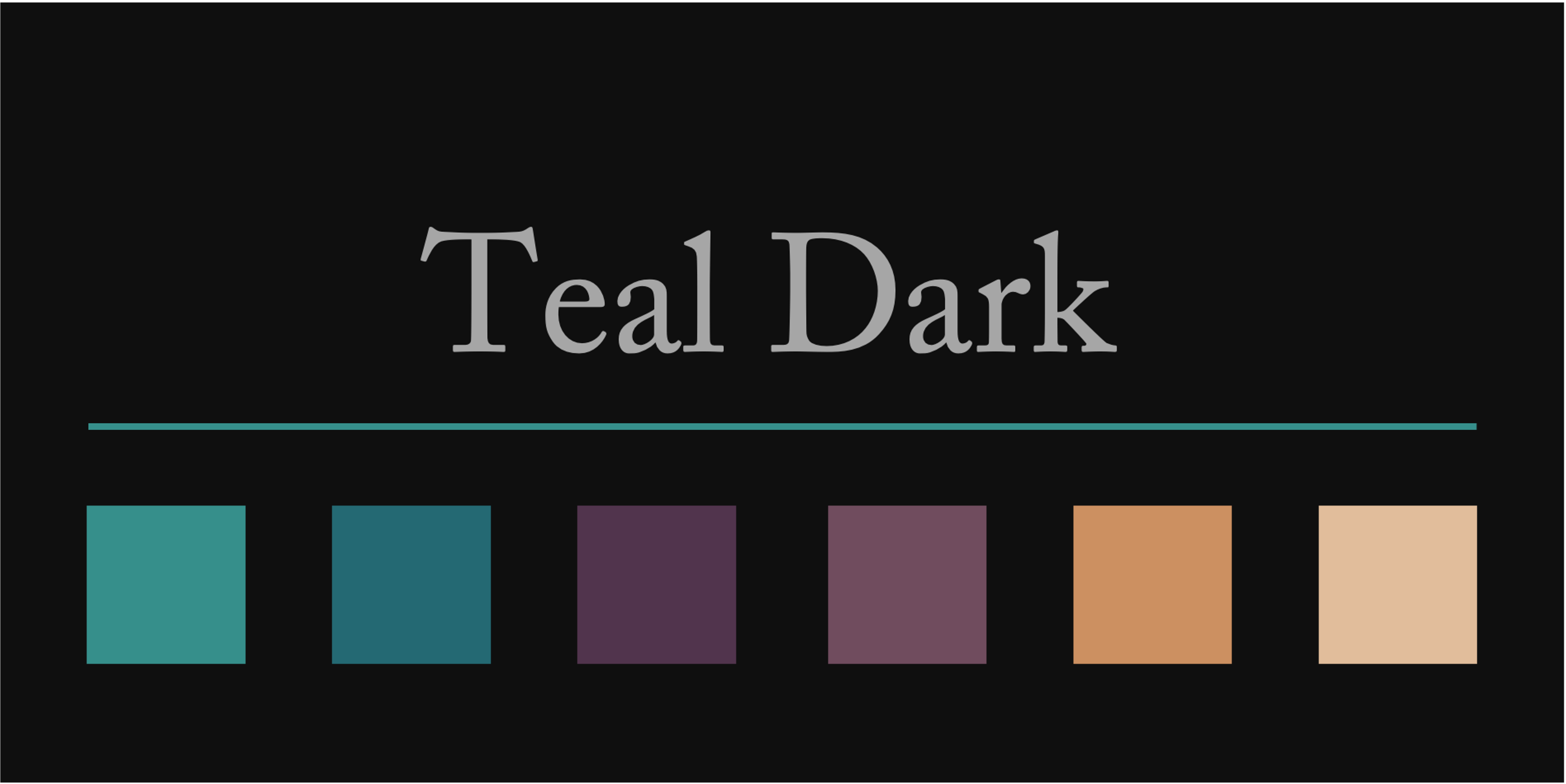Rajagopal Venkat
Khoury College of Computer Sciences, Northeastern University
303, Meserve Hall
r.venkatesaramani@northeastern.edu
"There are lies, there are damned lies and there are statistics." Mark Twain, quoting somebody else
"Never trust anything that can think for itself if you can’t see where it keeps its brain." Arthur Weasley
Teaching Philosophy
A teacher's job is not to teach, but to make the students learn.
To my nine-year-old self, my grandfather’s words made little sense, especially in light of the fact that my immediate attention was instead focused on two seemingly harmless everyday objects in front of me, in an equally harmless and mundane setting: a magnifying glass and a piece of paper, in the scorching heat of the mid-day Delhi sun. Little did I know that several years later, I would be facing a class of undergraduates, chalk in hand, whispering the same words to myself.
Through several teaching opportunities, one thing has become abundantly clear to me – most students may forget most of what they are told, but they seldom forget a conclusion they themselves arrived at. I strive to ensure that my teaching takes a learner-centric approach, putting the student at the center of the ideation and solution process. To me, the classroom is an open forum - everything is up for discussion at all times.
I believe that anything short of well-organized, easy to comprehend course material is a grave injustice to the student. This is especially true of presentations - ugly and messy slides are far too common in the modern classroom, despite Microsoft's best efforts. I strive to ensure that my material is designed in a manner which enhances readability and maximizes attention. I am very interested in identifying best practices, studying the efficacy of visual cues and proper pacing, and potentially building tools for automating the creation of visually pleasing presentations for mathematically involved subject matter.
The questions I ask myself after preparing for every lecture are these: if students were presented with this material, do they feel the need to stop and process it, and do I give them a chance to do so?
Do I teach, or do I make the students learn?
Current Offerings
Fall 2025: CS4100 (Artificial Intelligence),
Instructor, Northeastern UniversityPresentation Design
HTML Slides
Check out Reveal.js - a framework for easily creating beautiful HTML slides with LaTeX support, that I have grown very fond of.Templates
This section will be updated with PPT templates that I create, which you are free to use! They use color-palettes checked for contrast under common forms of colorblindess.